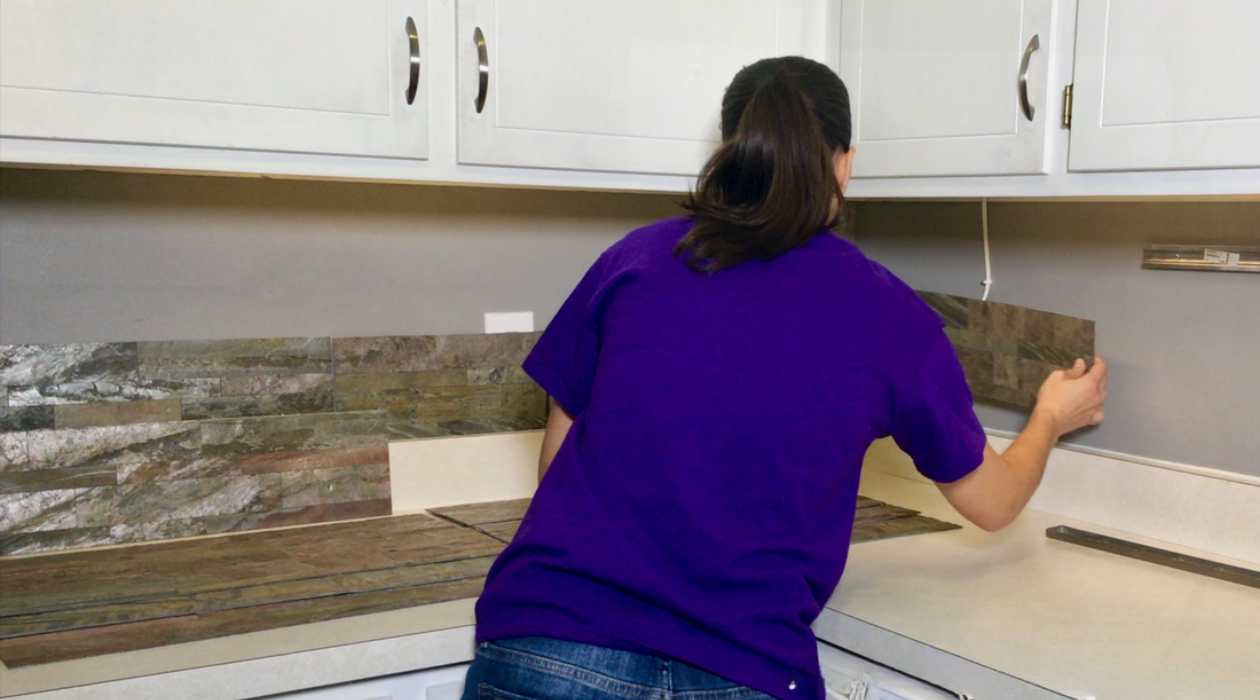

Articles
How To Remove Peel And Stick Tile From Wall
Modified: February 24, 2024
Looking for articles on how to remove peel and stick tile from a wall? Find step-by-step guides and expert tips to easily remove peel and stick tiles in this comprehensive article.
(Many of the links in this article redirect to a specific reviewed product. Your purchase of these products through affiliate links helps to generate commission for Storables.com, at no extra cost. Learn more)
Introduction
Peel and stick tiles have gained popularity in recent years as a convenient and cost-effective option for updating the look of walls in your home. Whether you installed them yourself or inherited them with a property, there may come a time when you need to remove the peel and stick tiles from your walls. It could be because you want to replace them with a different style, or perhaps you want to restore the original wall surface. Whatever the reason, knowing how to properly remove peel and stick tiles from walls is crucial to avoid causing any damage or leaving behind any unsightly residue.
In this article, we will guide you through the step-by-step process of removing peel and stick tiles from walls. With the right tools and techniques, you can easily and safely remove these tiles and prepare your walls for a fresh new look.
Key Takeaways:
- Easily remove peel and stick tiles from walls by heating, peeling, and cleaning with simple tools and techniques, ensuring a smooth and pristine surface for a fresh new look.
- Prepare the area, heat the tiles, peel them off carefully, remove adhesive residue, clean the wall, and patch any damage to achieve a professional result.
Read more: How To Remove A Peel And Stick Tile
Tools and Materials Needed
Before you begin the process of removing peel and stick tiles from your walls, it’s important to gather all the necessary tools and materials. Having everything prepared beforehand will make the task much easier and more efficient. Here are the tools and materials you’ll need:
- Heat gun or hair dryer
- Putty knife or scraper
- Gloves
- Protective eyewear
- Adhesive remover or citrus-based solvent
- Spray bottle
- Microfiber cloth or sponge
- Wall patching compound
- Sanding block or sandpaper
- Paintbrush and paint
Make sure you have all these items ready before you begin the tile removal process. This will ensure that you can work efficiently and effectively without any interruptions.
Step 1: Preparing the Area
Before you start removing the peel and stick tiles, it’s essential to prepare the area to protect the surrounding surfaces and make the process more manageable. Follow these steps to prepare the area:
- Clear the room: Remove any furniture, decorations, or other items that could obstruct your workspace or get in the way during the tile removal process.
- Protect the floor: Lay down drop cloths or old sheets to protect the floor from any debris, adhesive, or tile fragments that may fall during the removal process.
- Turn off the power: If there are any electrical outlets or switches near the tiles, turn off the power to avoid any accidents or electrical hazards.
- Ventilate the room: Open windows or use fans to ensure proper ventilation throughout the area. This will help dissipate any fumes from the adhesive remover.
By taking these precautions, you’ll create a safe and organized workspace, minimizing the risk of damage to surrounding surfaces and ensuring a smoother tile removal process.
Step 2: Heating the Tiles
Heating the peel and stick tiles is an effective way to loosen the adhesive and make them easier to remove. Follow these steps to heat the tiles:
- Ensure safety precautions: Put on gloves and protective eyewear to protect your hands and eyes during the process.
- Choose a heat source: Use a heat gun or a hairdryer on its highest heat setting. A heat gun will provide more concentrated heat, but a hairdryer can also work if you don’t have a heat gun.
- Hold the heat source close to the tile: Position the heat source about 3-4 inches away from the tile’s surface. Move the heat source in a circular motion to distribute the heat evenly across the tile.
- Heat the tile for a few minutes: Keep heating the tile for a few minutes until you notice the edges starting to lift. Be careful not to overheat the tile, as it can damage the wall surface.
Heating the tiles softens the adhesive, making it easier to remove them without damaging the wall surface. Take your time to ensure the tiles are adequately heated before moving on to the next step.
Step 3: Peeling off the Tiles
Once the peel and stick tiles have been heated and the adhesive is softened, it’s time to start peeling them off. Follow these steps to remove the tiles:
- Start at the edges: Begin peeling off the tiles from one of the corners or edges. Use a putty knife or scraper to lift the edge of the tile slightly.
- Gently pull back the tile: Once the edge is lifted, slowly and carefully pull back the tile at a 45-degree angle. Apply firm but gentle pressure to avoid damaging the wall surface.
- Continue peeling off the tiles: Work your way across the wall, gradually peeling off each tile. Take your time to ensure the adhesive is fully released before moving on to the next tile.
- Use a scraper for stubborn tiles: If any tiles are difficult to peel off, use a putty knife or scraper to gently loosen them. Be cautious not to apply excessive force, as this can cause damage to the wall.
- Dispose of the tiles: Place the removed tiles in a trash bag or container for disposal.
By peeling off the tiles carefully and patiently, you’ll minimize the risk of damaging the wall surface and ensure a smooth tile removal process.
Use a hairdryer to heat the adhesive behind the peel and stick tile. Gently pry the tile off with a putty knife. Any remaining adhesive can be removed with a adhesive remover.
Step 4: Removing Adhesive Residue
After peeling off the peel and stick tiles, you may find some adhesive residue left on the wall. Removing this residue is crucial to ensure a clean and smooth wall surface. Follow these steps to remove the adhesive residue:
- Apply adhesive remover or citrus-based solvent: Spray or apply adhesive remover or citrus-based solvent directly onto the adhesive residue. Allow it to sit for a few minutes to penetrate and loosen the residue.
- Gently scrape off the residue: Use a putty knife or scraper to carefully scrape off the softened adhesive residue. Work slowly and softly to avoid damaging the wall surface.
- Repeat the process: If needed, apply more adhesive remover and continue scraping until all the adhesive residue is removed. Be patient and thorough to ensure a clean result.
- Wipe the wall clean: Use a damp microfiber cloth or sponge to wipe down the wall surface and remove any remaining adhesive residue or cleaner residue.
It’s important to use adhesive remover or citrus-based solvent specifically designed for removing adhesive to avoid using harsh chemicals that could damage the wall surface. Follow the manufacturer’s instructions on the product label for safe and effective use.
By following these steps, you can effectively remove the adhesive residue, leaving your wall surface clean and ready for further treatment or refinishing.
Step 5: Cleaning the Wall
After removing the peel and stick tiles and the adhesive residue, it’s essential to clean the wall to ensure a smooth and pristine surface. Follow these steps to clean the wall:
- Prepare a cleaning solution: Mix a mild detergent or dish soap with warm water in a spray bottle or bucket.
- Dampen a microfiber cloth or sponge: Moisten the cloth or sponge with the cleaning solution. Make sure it’s not dripping wet, as excessive moisture can damage the wall surface.
- Wipe the wall: Gently wipe the wall surface using the damp cloth or sponge, working in circular motions. Pay extra attention to any remaining residue or dirt spots.
- Rinse with clean water: After cleaning, rinse the wall with a clean, damp cloth or sponge to remove any soapy residue.
- Dry the wall: Use a dry microfiber cloth or allow the wall to air-dry completely before proceeding with any further treatments or refinishing.
By thoroughly cleaning the wall, you’ll ensure that it is free from any dirt, residue, or cleaning solution, providing a smooth and fresh surface for your next steps.
Step 6: Patching and Repairing the Wall
After removing the peel and stick tiles and cleaning the wall, you may notice some imperfections or damage to the wall surface. This step involves patching and repairing any areas that require attention. Follow these steps to patch and repair the wall:
- Inspect the wall: Carefully examine the wall surface for any holes, cracks, or dents that need to be repaired. If there are any loose or damaged drywall, secure or replace it as necessary.
- Prepare the wall patching compound: Mix the wall patching compound according to the manufacturer’s instructions. It is commonly available in powder form that needs to be mixed with water.
- Apply the wall patching compound: Use a putty knife or a trowel to apply the wall patching compound onto the damaged areas. Smooth it out evenly, ensuring it is flush with the surrounding wall surface.
- Allow the compound to dry: Follow the drying time specified on the wall patching compound’s packaging. It usually takes a few hours, but it’s best to wait overnight to ensure it is completely dry.
- Sand the patched areas: Once the compound is dry, use a sanding block or sandpaper to smooth the patched areas. Start with a coarse-grit sandpaper and gradually move to a finer grit for a seamless finish.
- Remove the dust: Wipe away any dust or debris with a clean cloth or duster. Ensure the wall surface is clean and ready for the next steps.
By patching and repairing the wall, you’ll create a smooth and even surface for further treatment or refinishing. Pay close attention to the details to achieve a professional-looking result.
Conclusion
Removing peel and stick tiles from walls may seem like a daunting task, but with the right tools and techniques, it can be a manageable and rewarding process. By following the step-by-step guide provided in this article, you can easily remove peel and stick tiles from your walls without causing any damage or leaving behind unsightly residue.
Remember to prepare the area by clearing furniture and protecting the floor. Heating the tiles with a heat gun or hairdryer will soften the adhesive, making them easier to peel off. Take your time and be gentle when peeling off the tiles, ensuring that the adhesive is fully released. Any residue left behind can be removed with the use of adhesive remover or citrus-based solvent, followed by cleaning the wall with a mild detergent solution.
After the tiles have been removed and the wall has been cleaned, it’s important to patch and repair any damaged areas to achieve a smooth and pristine surface. This will provide the perfect canvas for further treatment or refinishing to transform your walls with a new look.
Remember to exercise caution and follow safety guidelines throughout the tile removal process. Wear protective gear and be careful when using heat sources and sharp tools.
By following the steps outlined in this guide, you can confidently remove peel and stick tiles from your walls while maintaining the integrity of the surfaces. With a little patience and effort, you can achieve a fresh and updated wall space in your home.
Frequently Asked Questions about How To Remove Peel And Stick Tile From Wall
Was this page helpful?
At Storables.com, we guarantee accurate and reliable information. Our content, validated by Expert Board Contributors, is crafted following stringent Editorial Policies. We're committed to providing you with well-researched, expert-backed insights for all your informational needs.
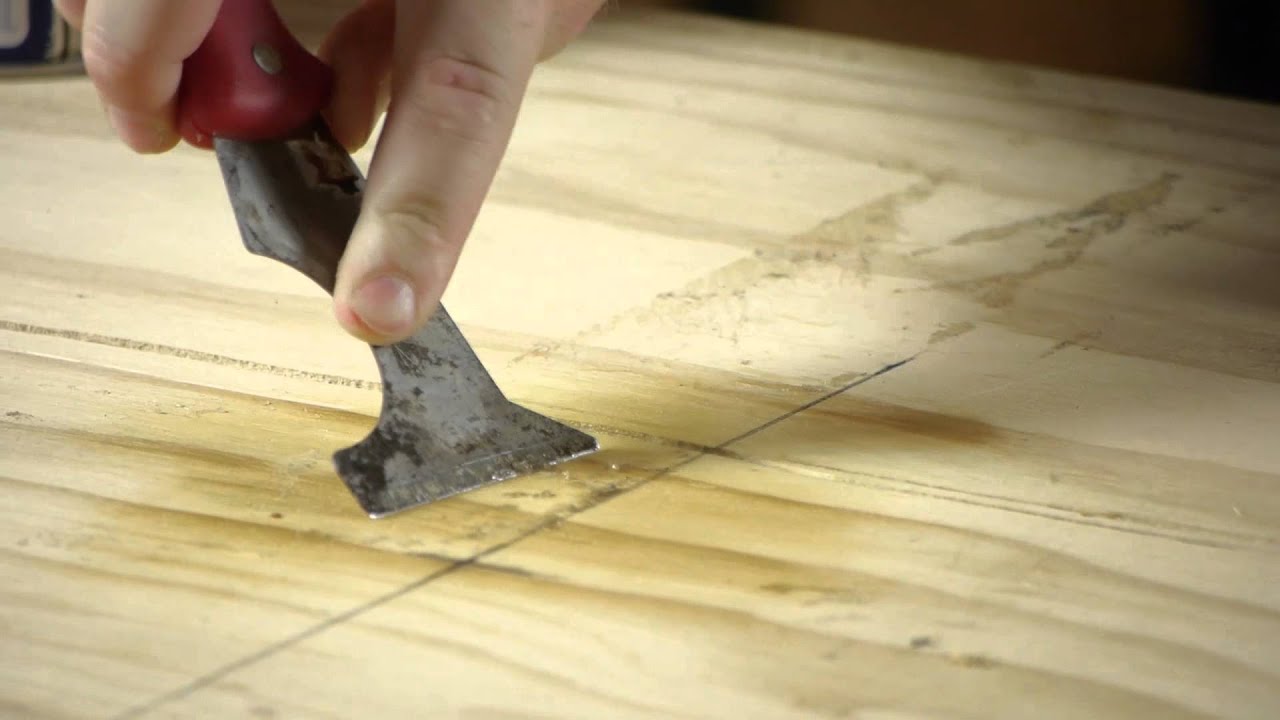
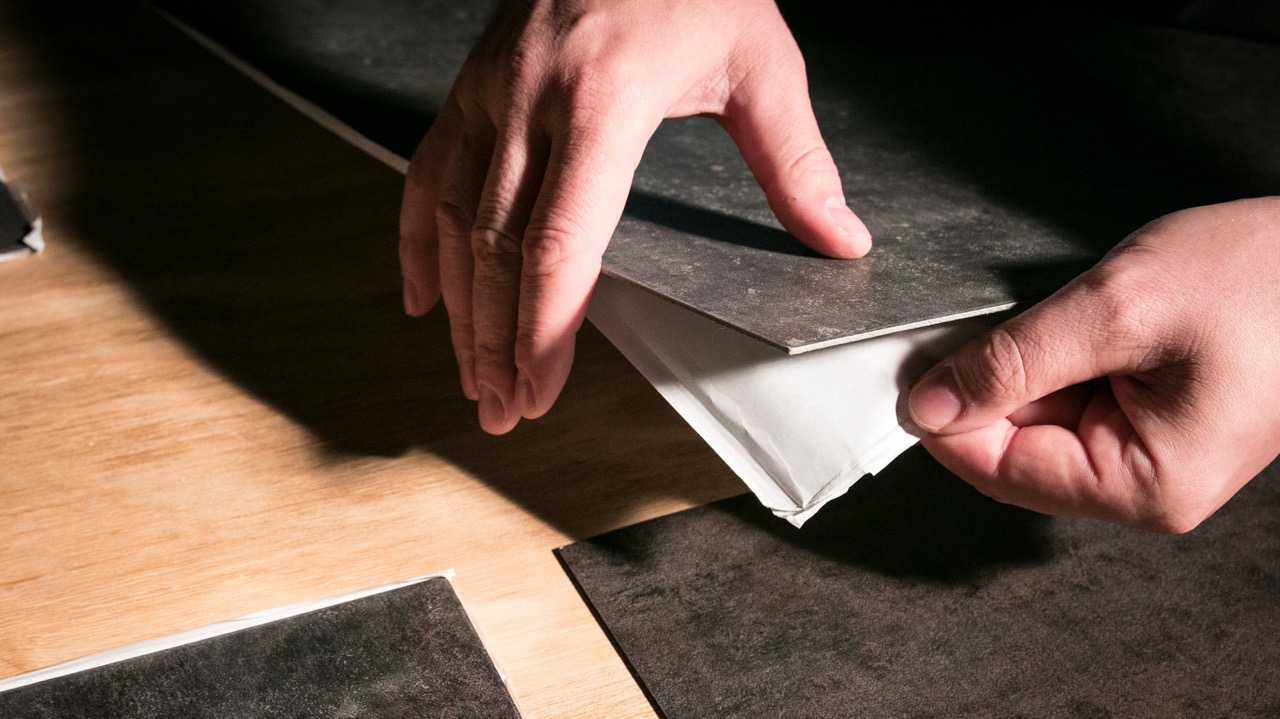
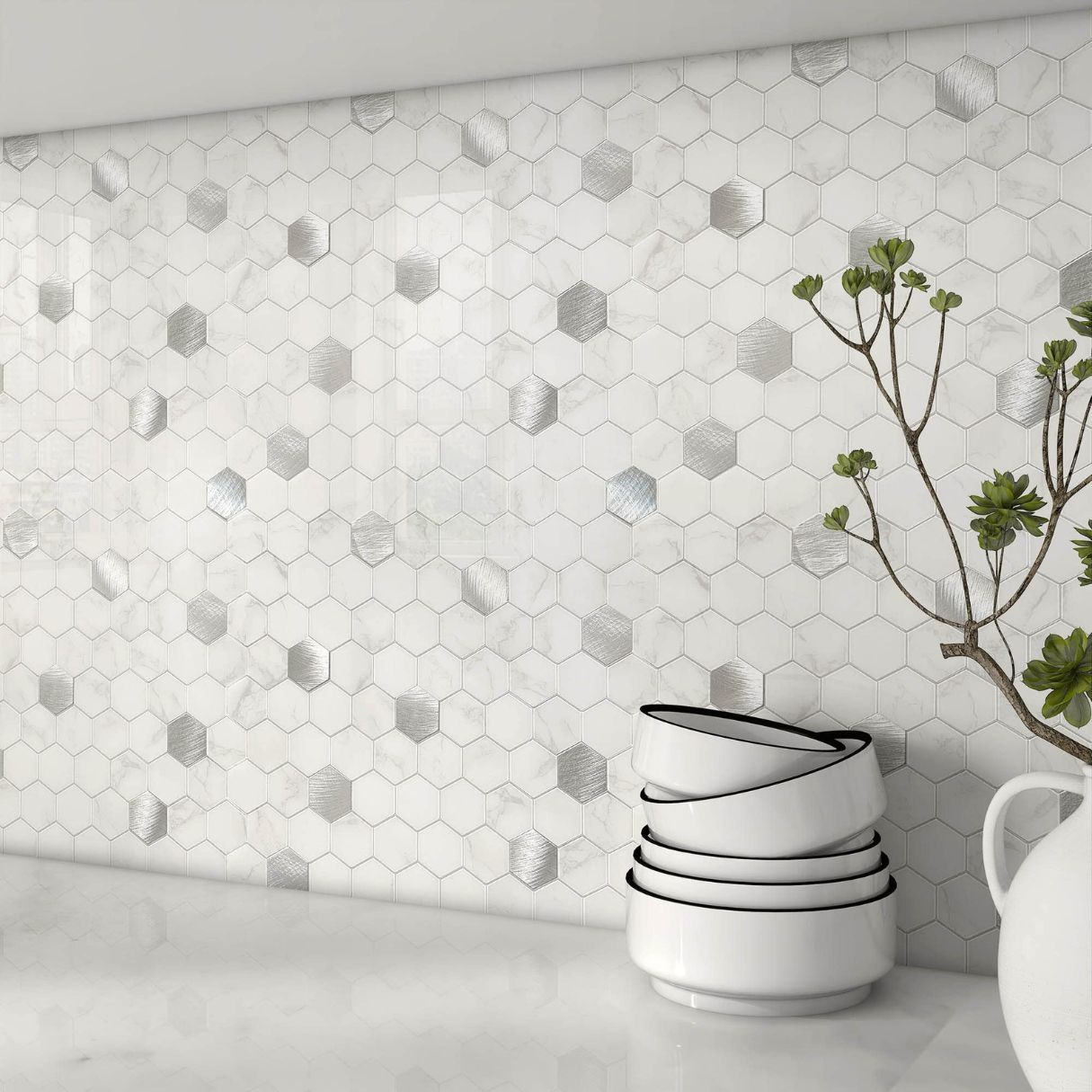
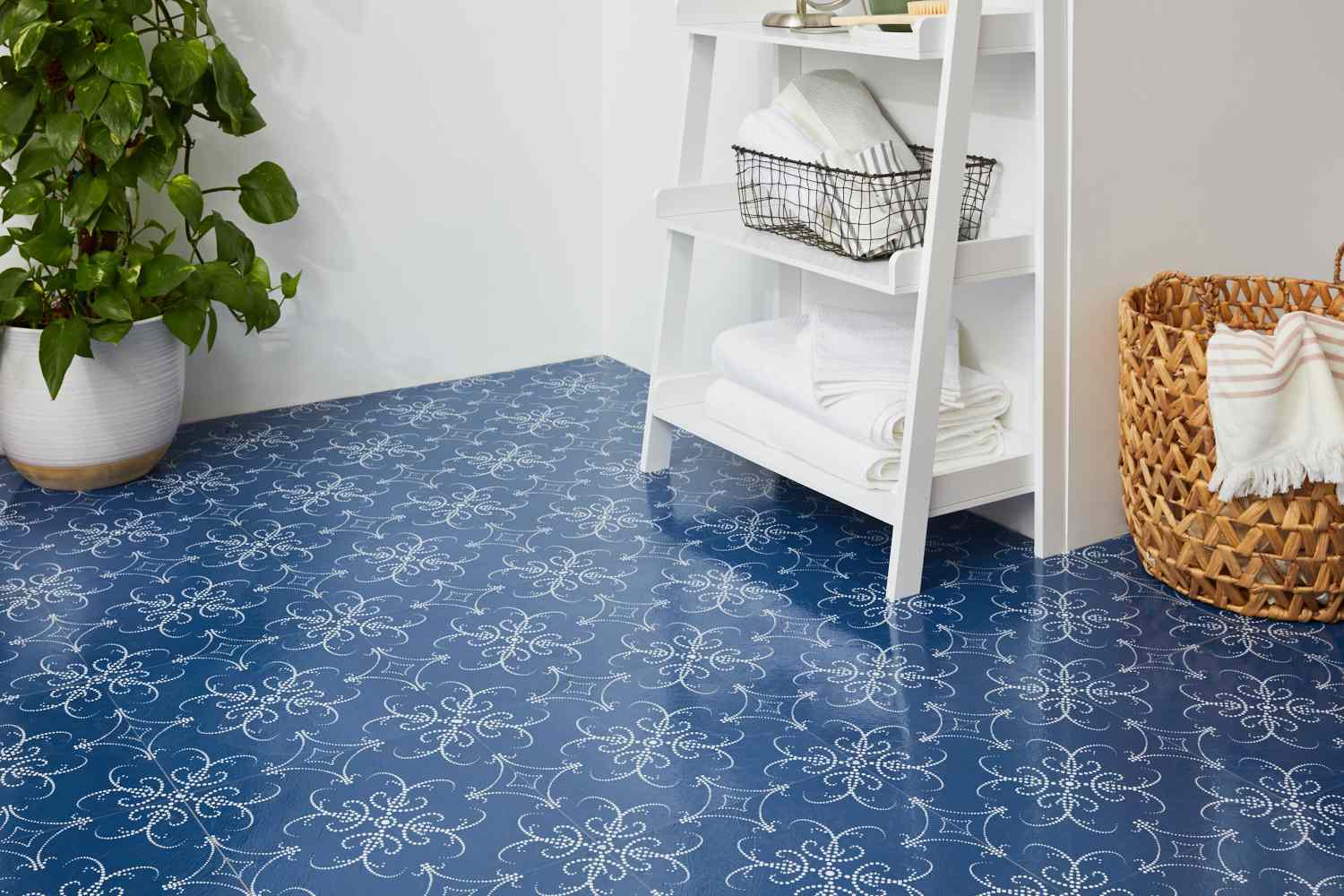
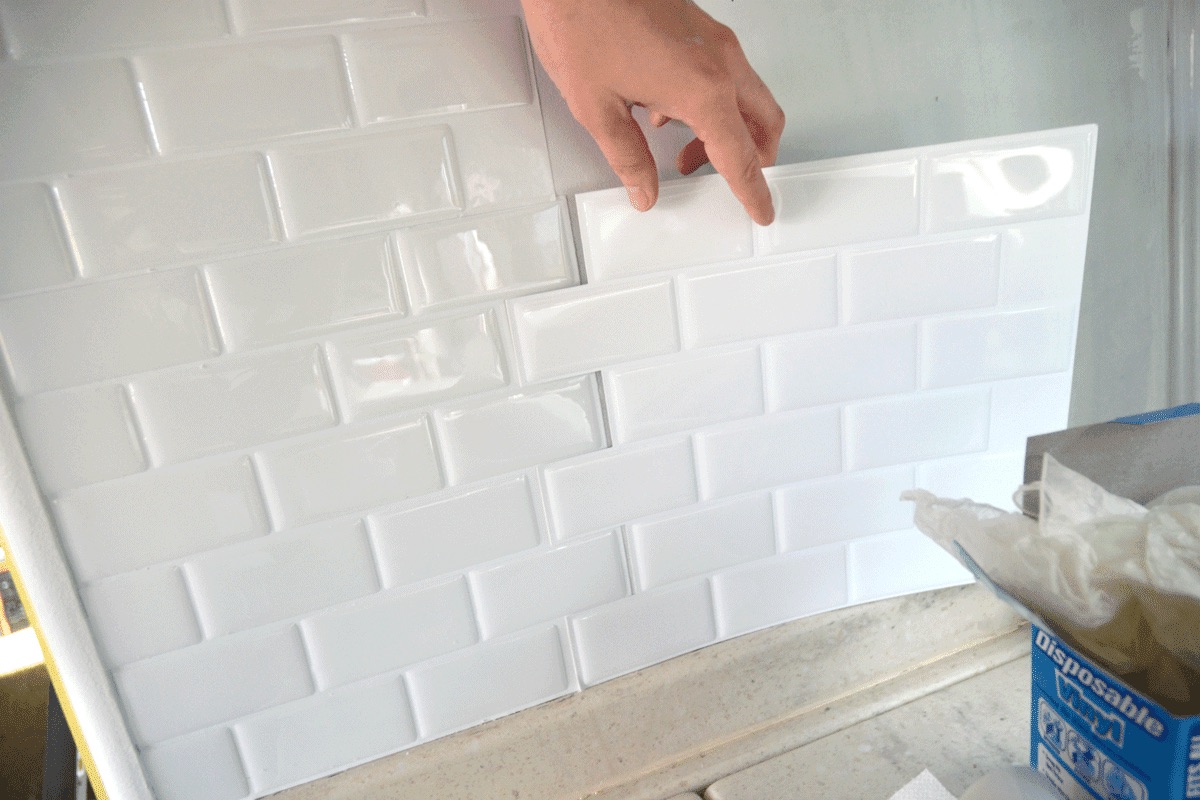
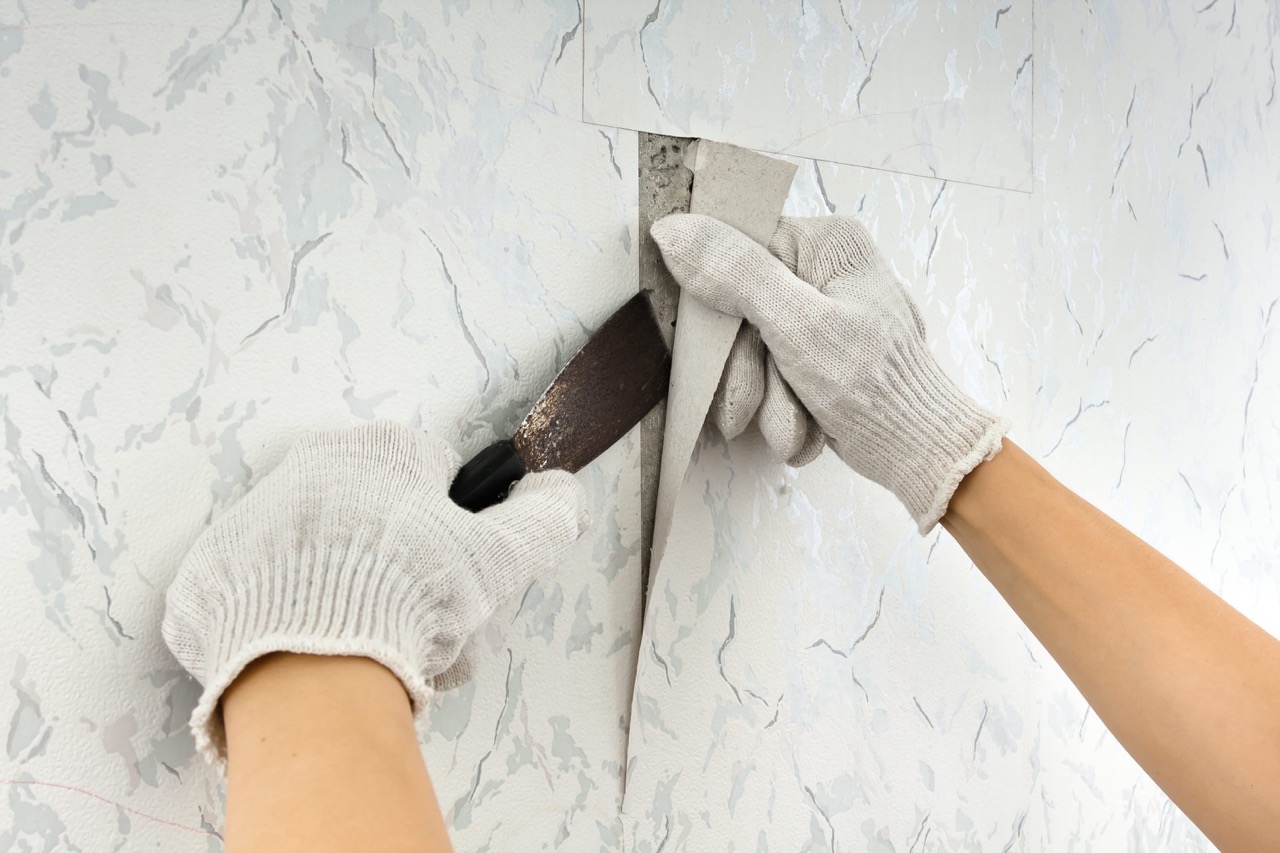
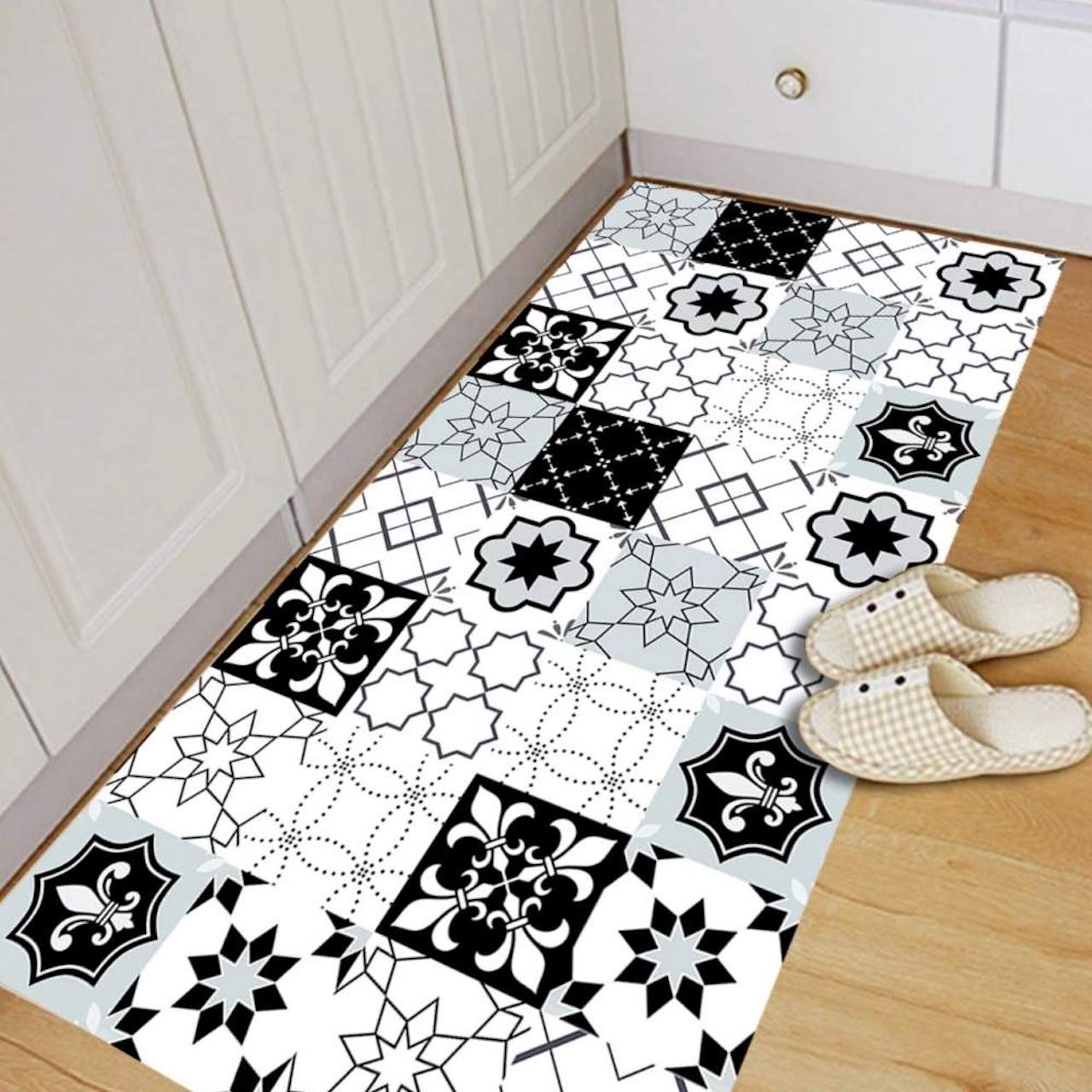
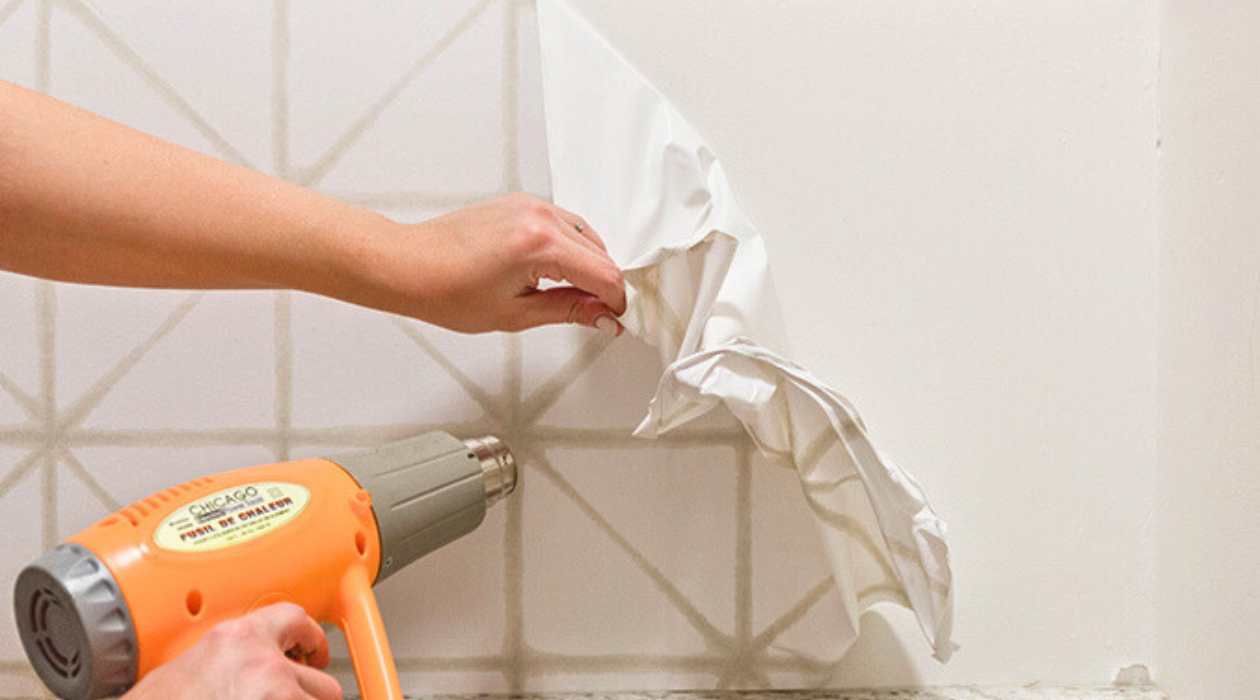
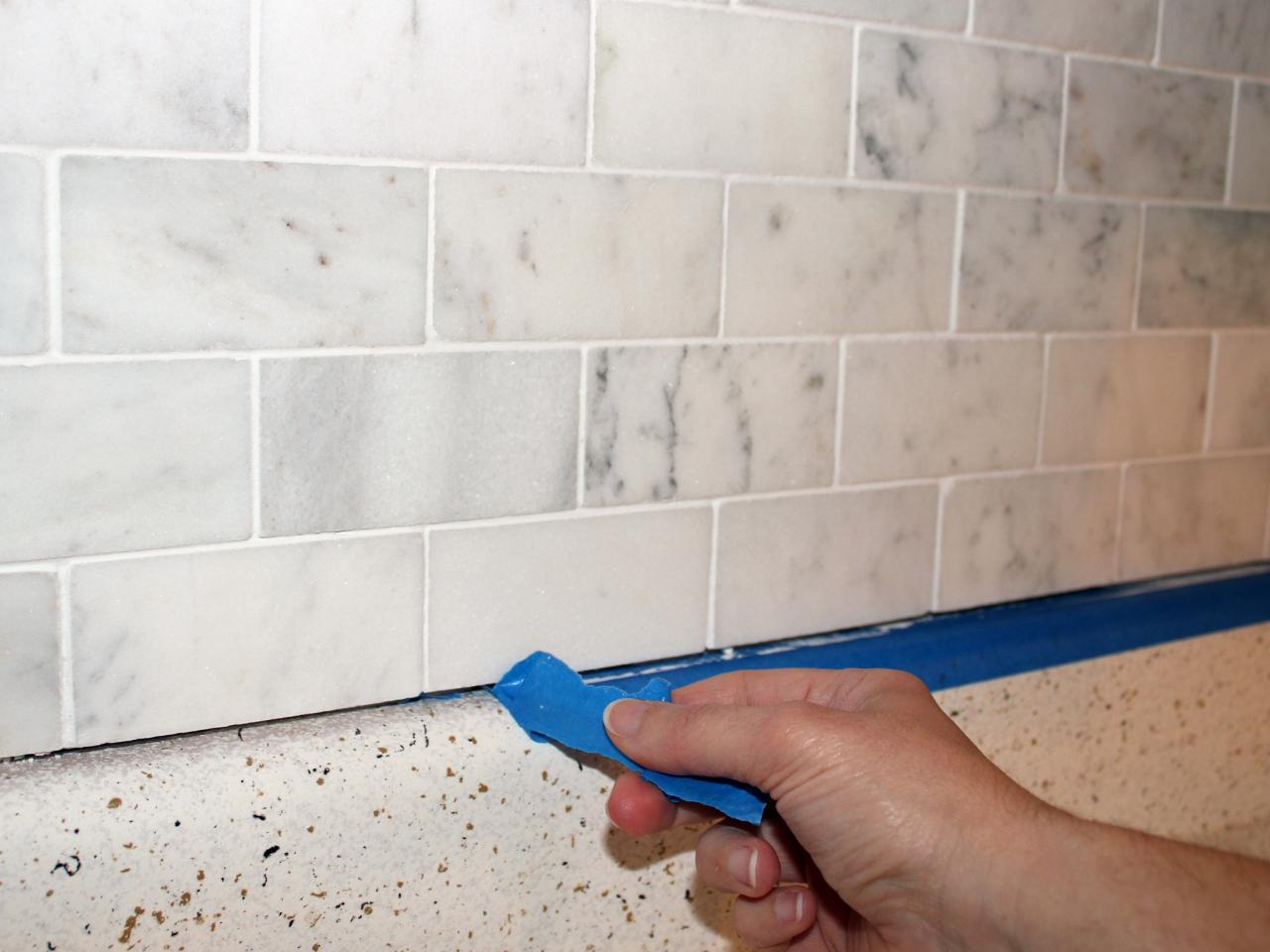
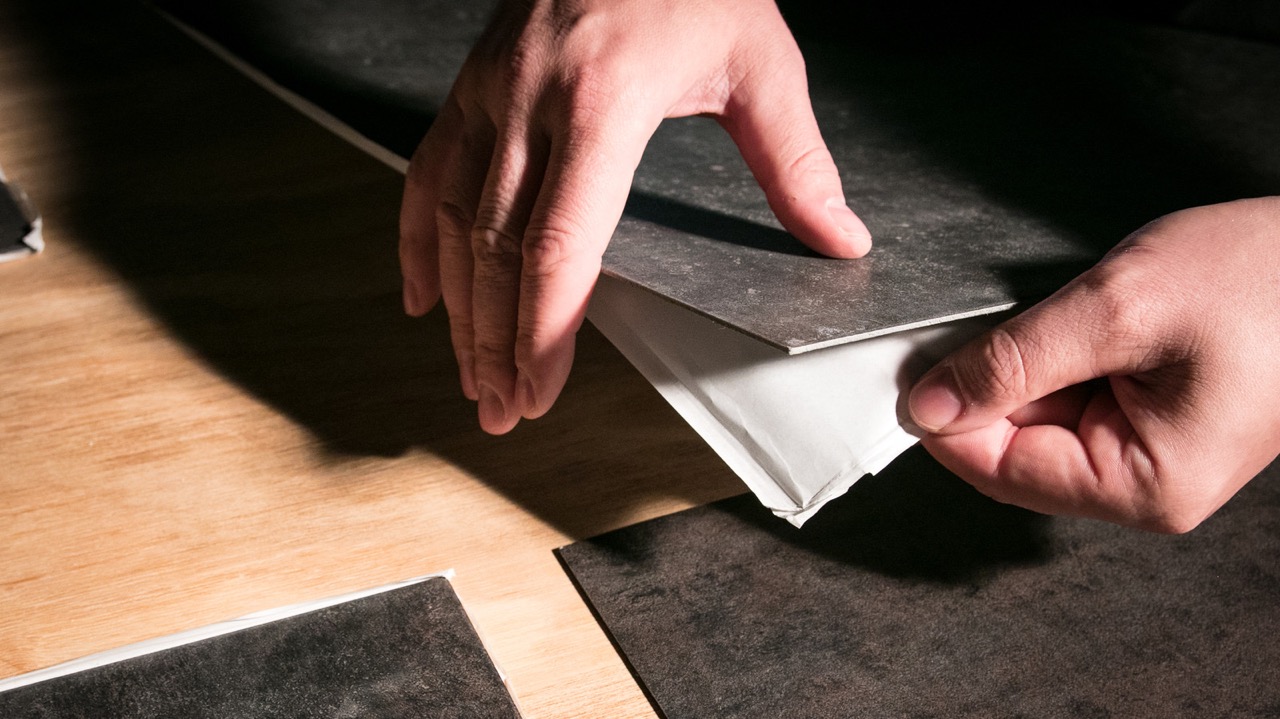
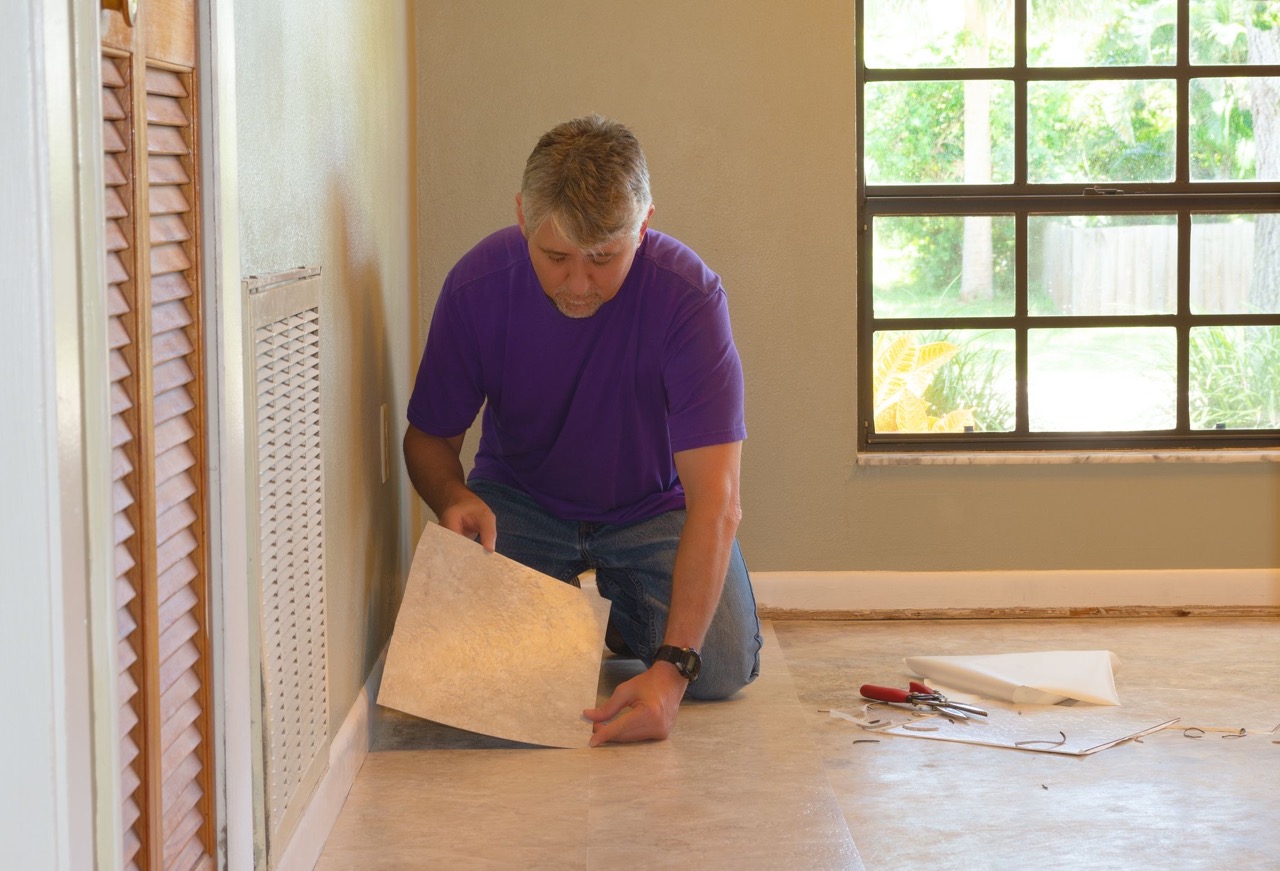
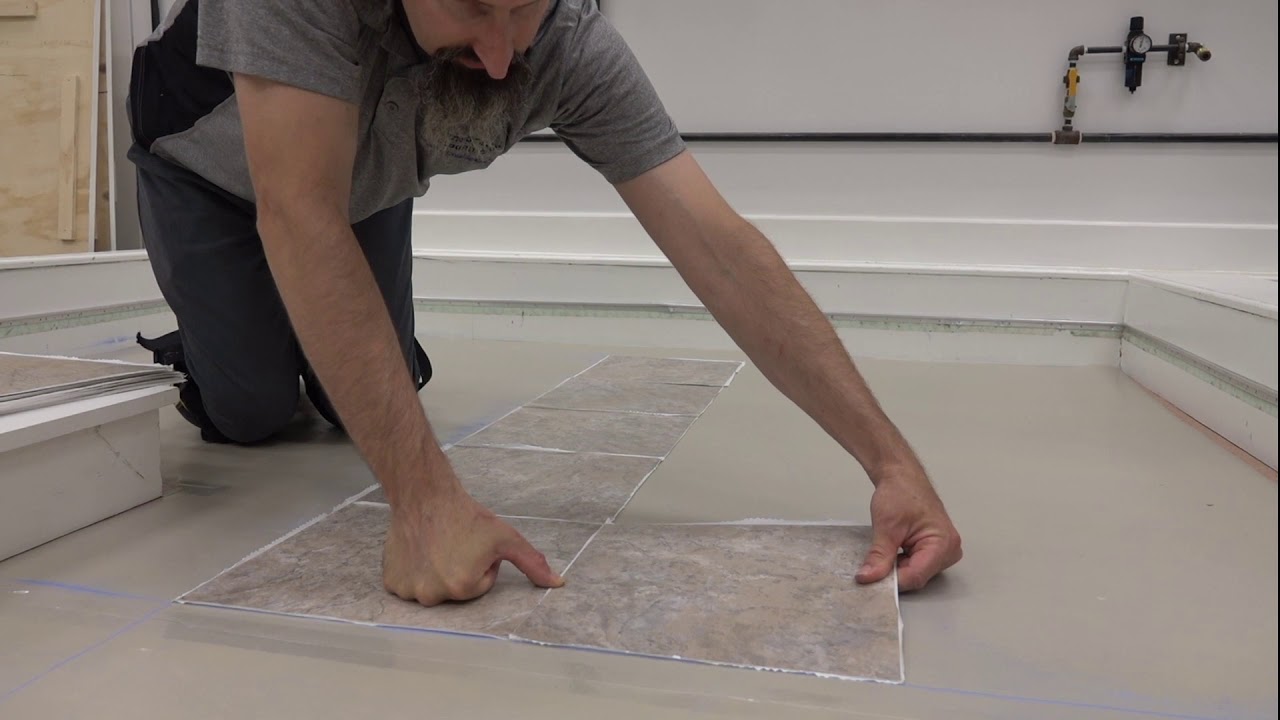
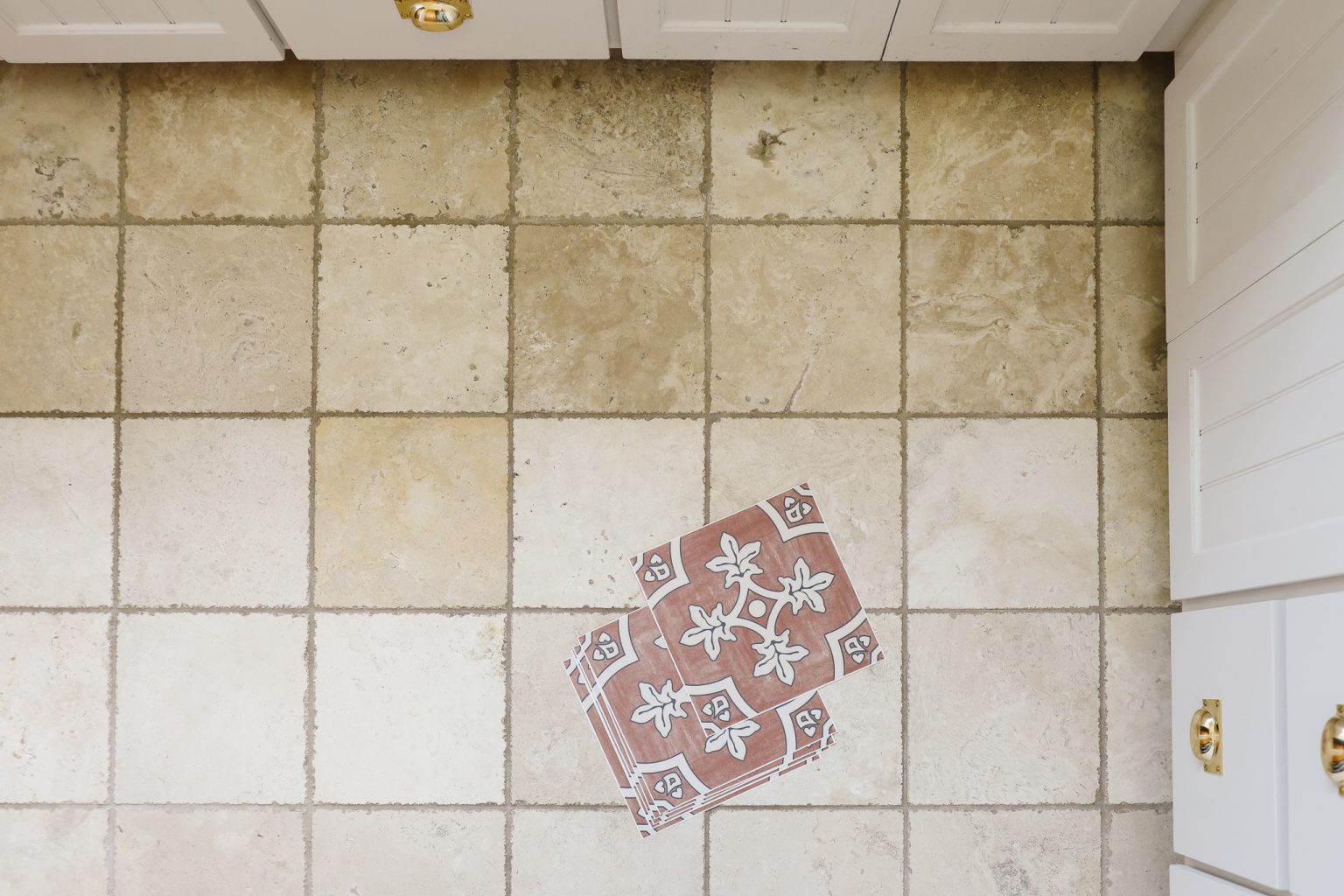
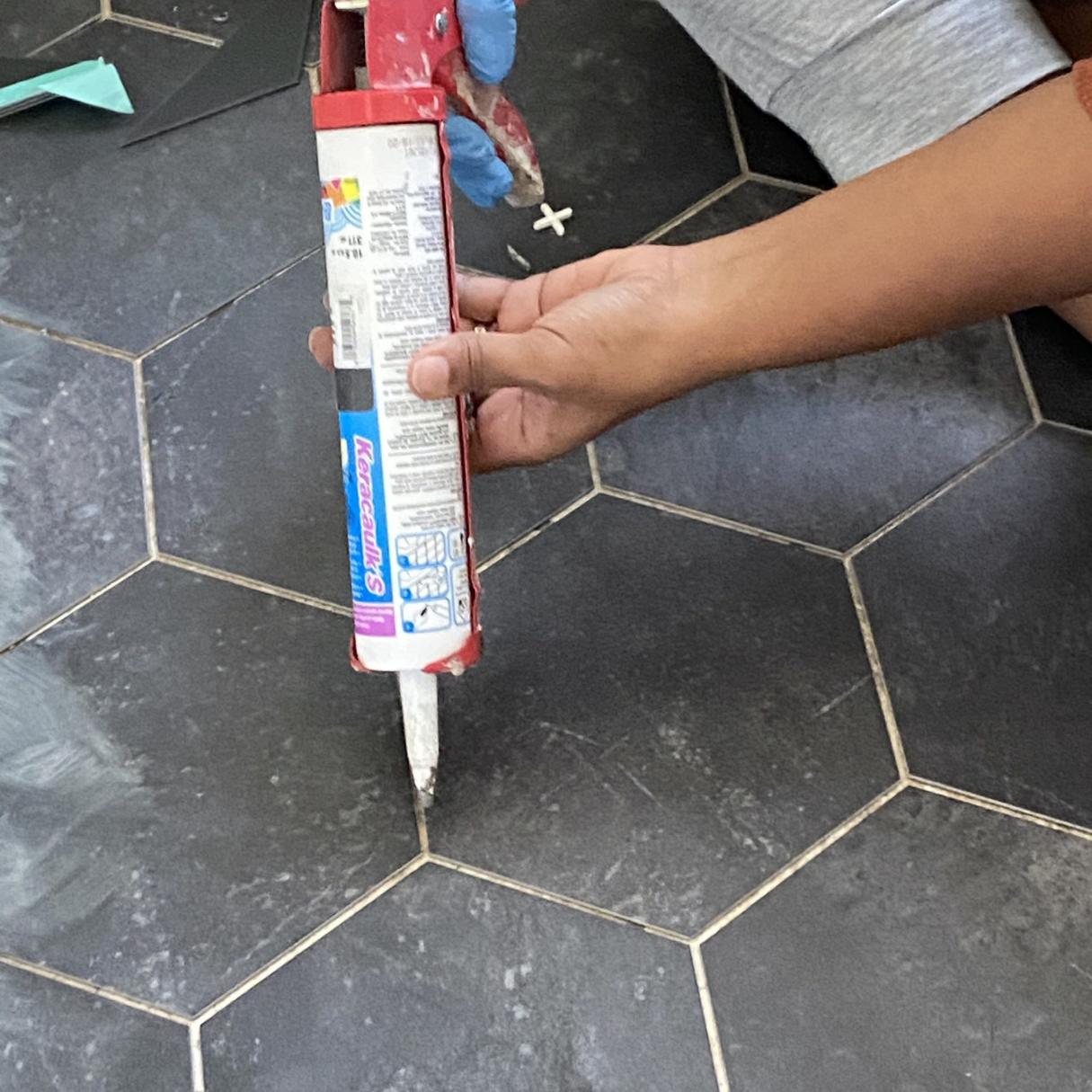

0 thoughts on “How To Remove Peel And Stick Tile From Wall”